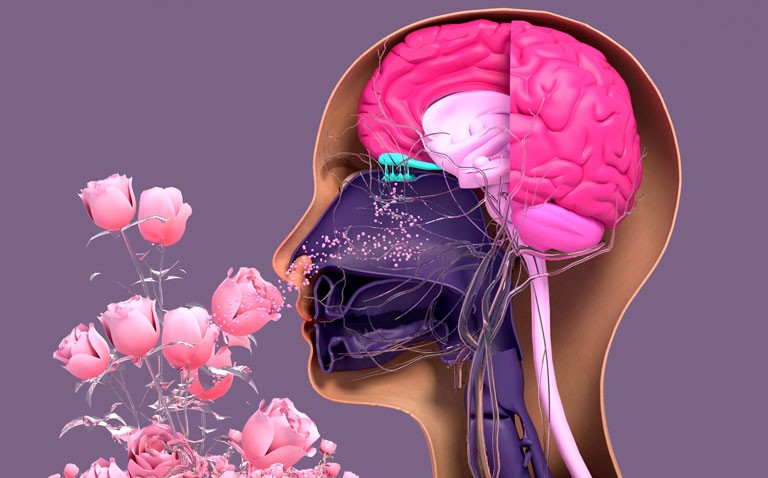Olfactory dysfunction is common in those with COVID-19 and a smell test can be used for the identification of infected individuals.
Olfactory dysfunction has been defined as the best predictor of infection with COVID-19. Moreover, in a study of 60 patients, 59 exhibited some dysfunction during a smell identification test. The study also revealed how only 58% of those tested had anosmia indicating in imperfect relationship between olfactory dysfunction and anosmia. It is possible therefore that the use of an inexpensive, rapid and sensitive method, based on olfactory dysfunction would be of potential value in identifying those with COVID-19. Based on this assumption, a team from the Division of Otolaryngology-Head and Neck Surgery, Department of Surgery, University of California, US, sought to evaluate the prognostic value of a smell test for identifying those with COVID-19. The team enrolled healthy adults (18 years and over) from a single university campus screening site. Each of the participants were tested for olfactory dysfunction using a novel scent card (SAFER Diagnostics) and immediately followed up with a PCR test for COVID-19. The card itself contained several different scents under a scratch-off and sniff label and participants had eight options: grape, floral, blueberry, banana, mint, unsure or no scent. Using a QR code, the answers were processed electronically and an incorrect choice was labelled as olfactory dysfunction. The team collected participant demographics, medical history, any COVID-19 symptoms and a subjective smell test on a binary (yes/no) and a 10-point visual analogue scale, where 0 indicated no sense of smell and 10 was a normal sense of smell. Using regression analysis, the team assessed the association between the SAFER card and PCR test results, controlling for the presence of any other COVID-19-related symptoms such as fever, fatigue and cough.
Findings
A total of 163 participants were enrolled with a mean age of 31.6 years (56.3% male) with the majority (62.5%) of white ethnicity. There were 16 participants who tested positive for COVID-19 and 7 (4.8%) who tested negative. From the 16 who were PCR positive, 12 (75%) also failed the olfactory dysfunction test. A failed scent card screen was found to be the greatest predictor for COVID-19 positivity (odds ratio, OR = 80.24, 95% CI 14.77–435.90). The authors calculated that the smell test had a sensitivity for detecting COVID-19 of 75% and a specificity of 95.2%. When adding the presence of fatigue as an associated symptom, the sensitivity of the olfactory dysfunction test increased to 93.8% and the specificity to 89.8%. However, when either fever or cough were included, there was no increase in sensitivity. Interestingly, only 6 of the 16 who tested positive for COVID-19 presented with subjective anosmia.
In a discussion of their findings, the authors noted how their rapid olfactory dysfunction test was a valuable screening tool for COVID-19. Nevertheless, they recognised that not all patients experience olfactory dysfunction but that in the presence of fatigue, the test became more sensitive. The authors concluded by calling for future studies to include a larger participant cohort to better account for other olfactory dysfunction risk factors.
Citation
Said M et al. A Rapid Olfactory Test as a Potential Screening Tool for COVID-19. JAMA Otolaryngol Head Neck Surg.










